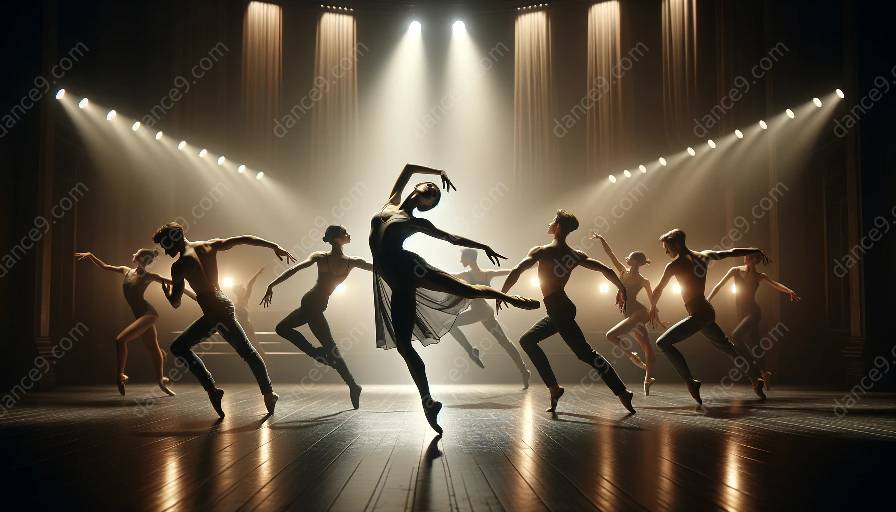Contemporary dance has a rich history deeply rooted in various cultural, social, and artistic movements. Understanding the historical foundations of contemporary dance is essential for dance classes and a true appreciation of this art form. This comprehensive topic cluster will explore the evolution, key figures, and influences that have shaped contemporary dance as a distinctive and significant form of expression.
The Beginnings of Contemporary Dance
The early 20th century marked the beginning of a rebellion against the strict confines of traditional ballet. Pioneers such as Isadora Duncan, Martha Graham, and Doris Humphrey sought to break free from the formalism of classical ballet and explore new forms of movement and expression.
These early trailblazers emphasized the importance of individual expression and emotional authenticity in their choreography, laying the groundwork for what would later be recognized as contemporary dance.
Evolution of Contemporary Dance
The mid-20th century brought significant developments in contemporary dance, with the emergence of influential choreographers such as Merce Cunningham, Paul Taylor, and Pina Bausch. These visionaries introduced innovative approaches to movement, space, and theatricality, leading to a diversification of contemporary dance styles and techniques.
During this period, contemporary dance began to explore a wide range of thematic elements, including societal critiques, political commentary, and personal narratives, reflecting the evolving cultural landscape.
Influences and Cross-Cultural Perspectives
Contemporary dance has been greatly influenced by a diverse array of cultural traditions, modern art movements, and global perspectives. The fusion of various dance forms, music genres, and interdisciplinary collaborations has enriched the artistic and creative dimensions of contemporary dance.
Moreover, contemporary dance has embraced cross-cultural exchanges, incorporating elements from African, Asian, Latin American, and indigenous dance traditions, thereby creating a vibrant and inclusive dance vocabulary.
Relevance to Dance Classes
Understanding the historical foundations of contemporary dance is crucial for dance classes, as it provides a contextual framework for students to comprehend the evolution and significance of contemporary dance as an art form. By delving into the historical roots, students can gain a deeper appreciation for the creative possibilities and expressive potential inherent in contemporary dance.
Conclusion
The historical foundations of contemporary dance offer a compelling narrative of innovation, rebellion, and artistic evolution. From its early rebellious spirit to its current status as a global artistic force, contemporary dance continues to captivate audiences and inspire dancers worldwide, making it an essential component of dance classes and a vital form of artistic expression.













































































